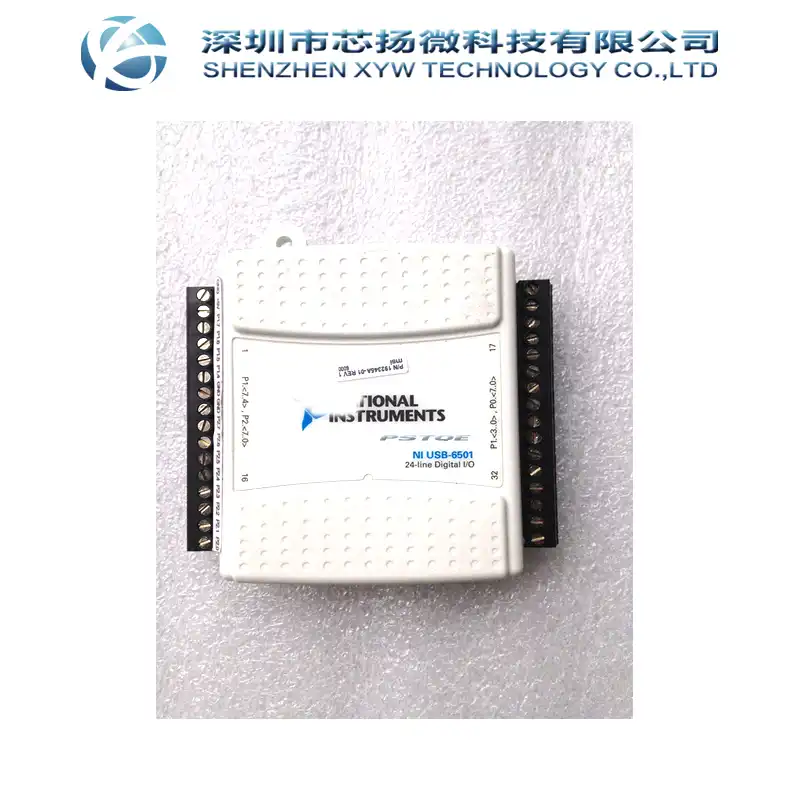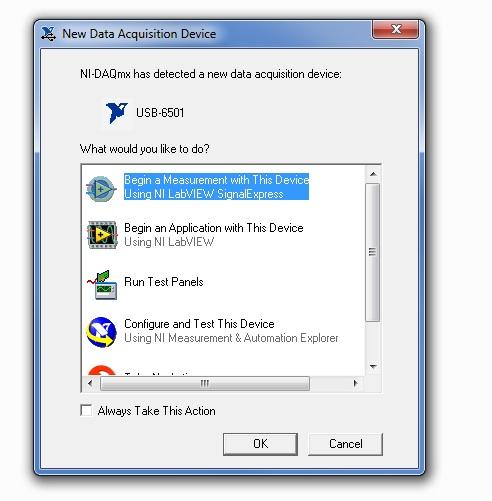
24-Channel, 8.5 mA, Digital I/O Device—The USB-6501 is a portable, bus-powered USB digital I/O device, providing reliable data acquisition and control at a low price. The device provides overvoltage protection its digital I/O lines and a 32-bit counter. NI-DAQmx is an NI instrument driver that controls every aspect of your DAQ system, including signal conditioning, from configuration to programming in LabVIEW to low-level OS and device control. You can build your applications with measurement-specific VIs, functions, data types, and analysis integrations and reliably make faster measurements. The USB-6501 is shipped with NI-DAQmx measurement services software, a high-performance multithreaded driver for interactive configuration and data acquisition. Use it to develop customized data acquisition applications with NI LabVIEW or C-based development environments.
Ni-usb 6501 Labview Driver


Ni-usb 6501 Labview Driver Free
1. Am I correct that the drivers and C command library for the NI USB-6501 are contained in NI-DAQmx Base Version 2.0?
2. Does NI-DAQmx Base Version 2.0 have C commands equivalent to the following from NI-DAQ Version 6.1 for Mac used in the Mac OS9 version? Board_ID(slot, boardtype) DIG_Prt_Config(devicenumber, port, direction, mode) DIG_In_Port(devicenumber, port, pattern) DIG_Out_Port(devicenumber, port, pattern)
3. Related to the question above, will the NI USB-6501 be controlled by the C code in much the same way the PCI-DIO-96 was? (i.e., First the device is identified on the system, then cast the data direction of various ports and pins as either output or input, with or without handshaking, then different code sections of reading and writing on the pins per the communication protocol being used.)
4. As a USB device, should I be concerned about the speed at which the C code can control the NI USB-6501 as compared to the NI PCI-DIO-96?
5. I actually have an extra NI PCI-DIO-96 card, but am I correct that there is neither the driver software nor a way to use a PCI card in a OSX Mac G5 with only PCI Express slots?
Thank you very much for any advice on these matters.
Daniel ShimaVanderbilt Vision Research Center
